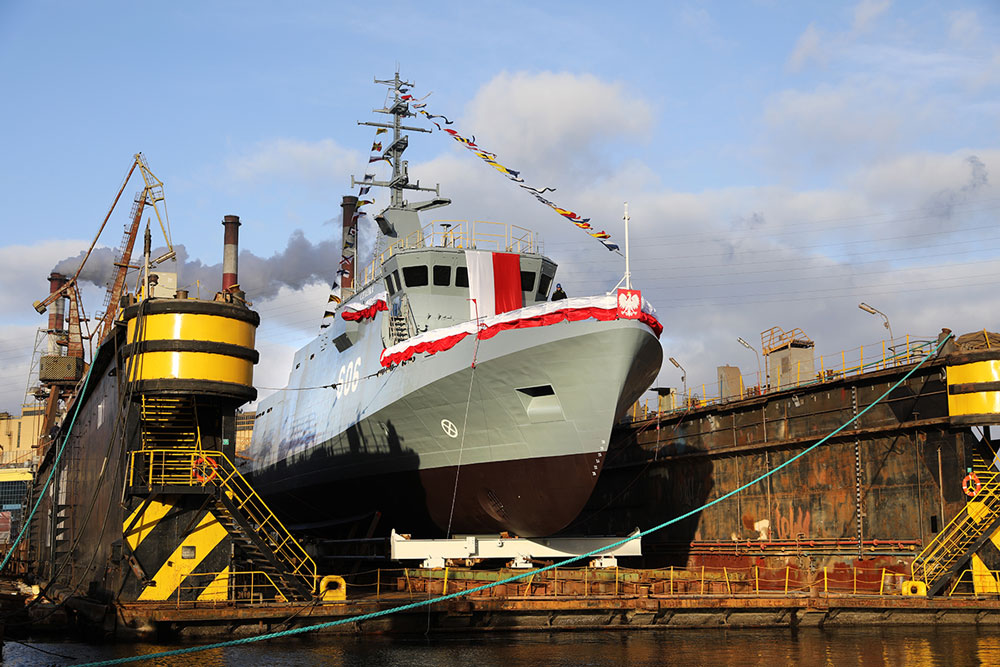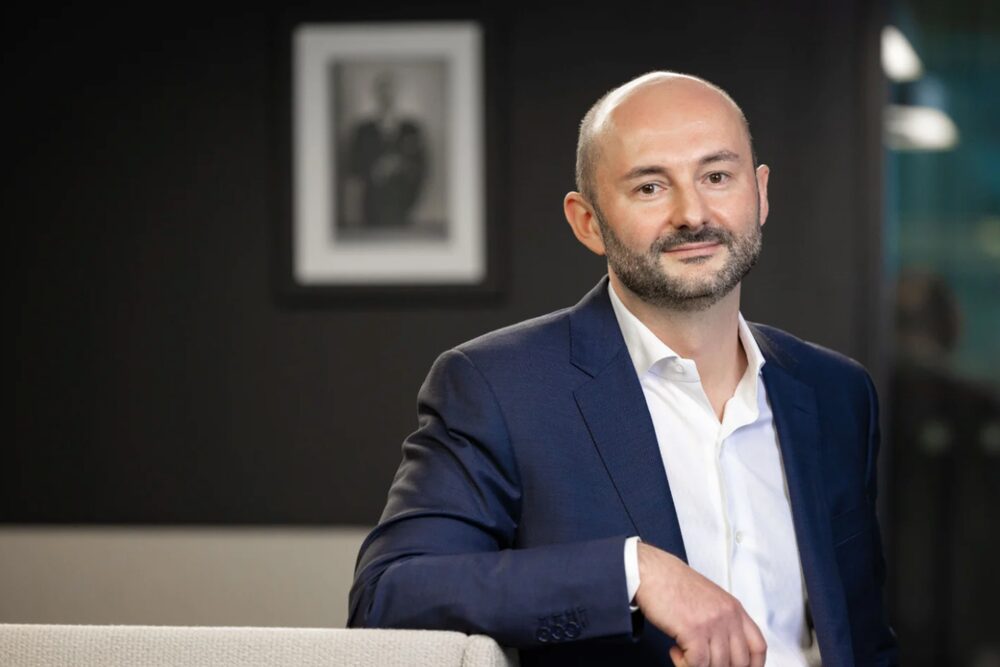South Korean President Yoon Suk-yeol wants a larger fleet for the container liner shipping company HMM. The background to this is also growing pressure on “THE Alliance”, to which Hapag-Lloyd will also belong by 2025.
The South Korean flagship HMM will have a fleet of 2 million TEU by 2030, 500,000 TEU more than originally planned. President Yoon Suk-yeol announced this in Busan when he opened the country’s first fully automated container terminal[ds_preview].
4 billion dollars for HMM
Yoon pledged US$4bn in government funding to strengthen South Korea’s container shipping fleet and achieve decarbonization. The number of South Korean-flagged container ships is to be increased to 2 million TEU by 2030, he said, focusing on HMM, which is controlled by the South Korean state through the Korea Development Bank and the Korea Ocean Business Corporation. “We want to strongly support the national shipping companies at a time of restructuring in the shipping industry,” he said.
Since 2021, HMM has ordered a dozen 13,600 TEU vessels, nine 9,000 TEU vessels and three 1,800 TEU feeder vessels to be delivered by 2026. The South Korean shipping company’s current fleet in operation comprises 801,308 TEU.
In June 2022, HMM agreed to charter two 7,700 TEU vessels from Navios Maritime Partners for 14 years, starting with the delivery of the vessels at HJ Shipbuilding & Construction later this year.
Yoon’s statement follows the decision by HMM’s “THE Alliance” colleague Ocean Network Express (ONE) to invest US$25bn to grow its fleet to 3 million TEU by 2030. ONE’s current fleet comprises just over 1.8 million TEU.
Tan Hua Joo, analyst at Linerlytica, told HANSA that THE Alliance is also expanding its fleet in view of Hapag-Lloyd’s departure from the group. Without Hapag-Lloyd, THE Alliance will have 2.5 million TEU, compared to Gemini’s 3.4 million TEU.
Mr. Tan said, “THE Alliance carriers, in particular, are under pressure as the group will be weakened by the departure of Hapag-Lloyd next year. Yang Ming will also have to react as it is now the smallest of the major companies and has even fallen behind Zim since last week. These developments will certainly exacerbate the imbalance between supply and demand.” (PL)














